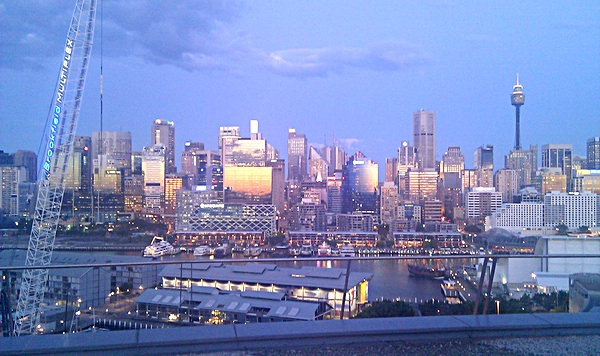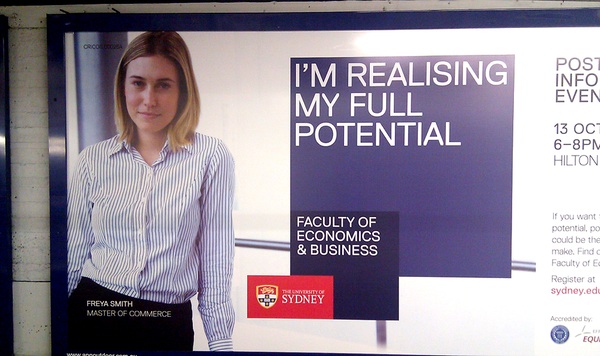
A weekly summary of what I’ve been doing elsewhere on the internets and in the media and so on and so forth.
Articles
- Online privacy dangers: they’re not what you think, for Crikey. The article was based on an interview with Kevin Shaw, president of the International Association of Privacy Professionals – Australia and New Zealand (iappANZ) in the lead-up to their conference on 30 November, Silver Lining: The Privacy Umbrella of Cloud Computing.
- Anti-Counterfeiting Trade Agreement: not so evil after all, for Crikey. The final text of ACTA was negotiated on Monday. This is my brief news story. It’s behind the paywall for now – you can read it with a free trial of Crikey — but it’ll emerge in two weeks.
Podcasts
- Patch Monday episode 65, “Hello cloud, meet cookies. Goodbye privacy”. My interview with Kevin Shaw from iappANZ.
- A Series of Tubes episode 119. Ruckus Wireless engineer Steve Chung talks 802.11n streaming and I talk about the OECD’s comments on the National Broadband Network, privacy and crowdsourcing.
Media Appearances
- On Thursday I spoke with Paul Turton on ABC Radio’s Statewide Drive about the way hackers capitalise on news stories and the tragedy of people finding out about family deaths on Facebook. Alas, there is no recording.
Corporate Largesse
They have lovely biscuits at the Department of Foreign Affairs and Trade.
Elsewhere
Most of my day-to-day observations are on my high-volume Twitter stream, and random photos and other observations turn up on my Posterous stream. The photos also appear on Flickr, where I eventually add geolocation data and tags.
[Photo: A close-up of my eyes, taken by Trinn (‘Pong) Suwannapha, cropped out of the photo he took for my US visa application.]





